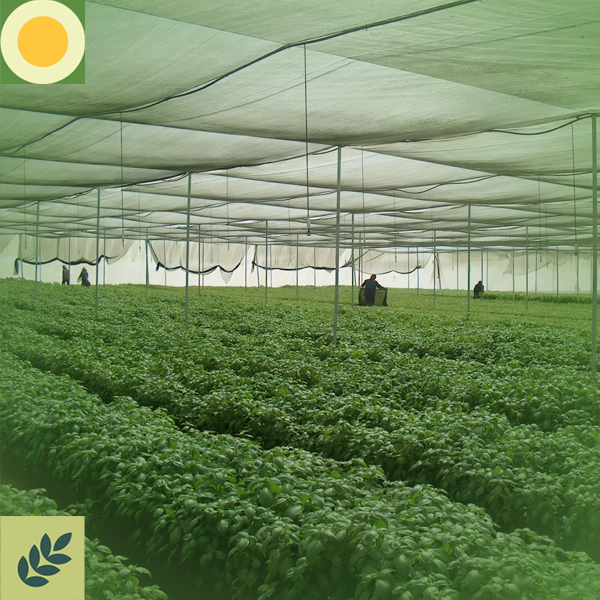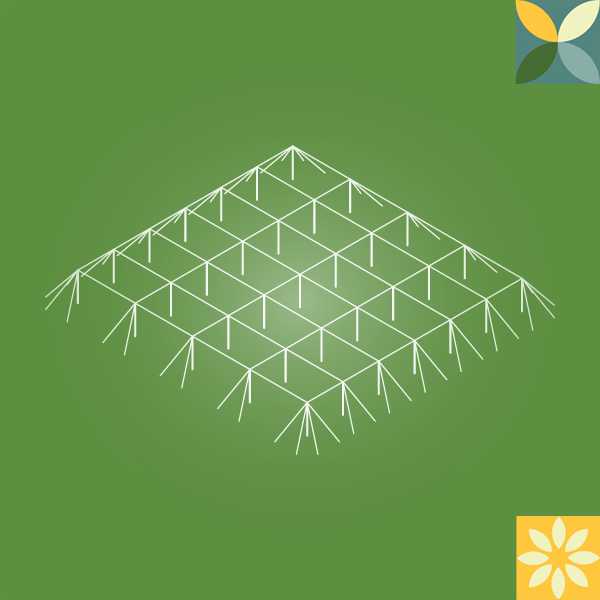



Shade net house structures are pivotal in modern agriculture, fostering controlled environments for optimized crop growth and protection. These semi-controlled environments regulate temperature and light, promoting enhanced photosynthesis and ensuring better plant growth. Filtered sunlight from the shade nets prevents sunburn and heat stress, particularly in regions with intense sunlight, while maintaining essential humidity levels for sensitive crops.
A primary function of shade net houses is shielding crops from adverse weather conditions like heavy rain, hail, winds, and extreme temperatures, minimizing physical damage and reducing the risk of crop loss. Acting as barriers against pests, these structures limit the entry of insects, birds, and rodents, thereby decreasing the need for chemical pesticides. The controlled environment restrains disease spread, particularly beneficial for organic farming.
Shade net houses facilitate season extension and crop diversification by providing a sheltered environment, enabling cultivation beyond typical growing seasons. This enhances overall productivity and allows for the year-round cultivation of diverse crops, opening new market opportunities. Additionally, these structures contribute to water conservation by reducing evaporation rates and promoting resource efficiency by minimizing the need for chemical inputs. In essence, shade net houses are instrumental in sustainable crop production, offering benefits ranging from enhanced growth and protection to water conservation and diversified farming practices.